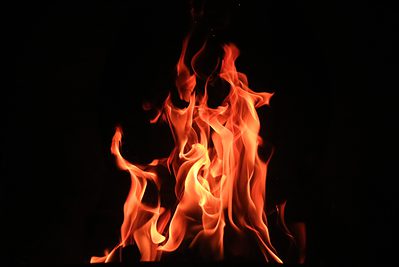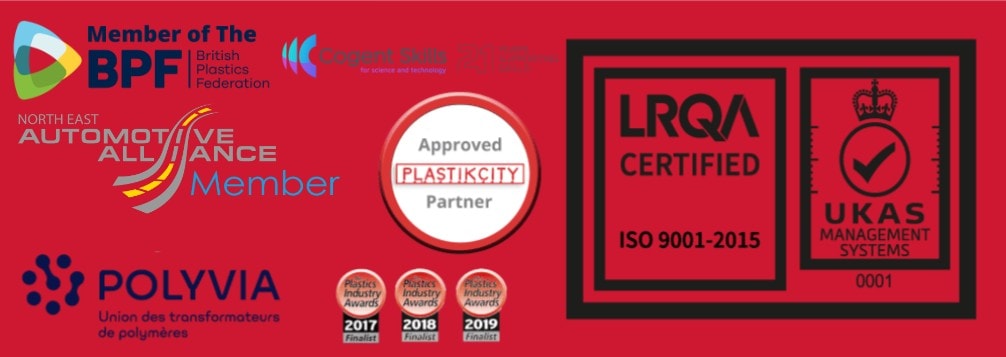If you’re seeking information about chemicals that prevent or delay fire spread in consumer products, you’ve found the right place! These substances are common in textiles, furniture, and plastics (polymers) and are crucial to fire safety.
Article Contents
How do Flame Retardants Work?
These chemicals, acting as a shield, prevent fires from spreading rapidly and causing extensive damage. They are pivotal in inhibiting oxygen’s contribution to combustion, slowing fire spread and reducing damage. Consumers and manufacturers of these particular chemicals know their products and possessions are safe.
They are crucial in many products and materials for fire prevention. They slow fire spread by creating a barrier between a potential ignition source and combustible material, which gives people more time to evacuate. Common in furniture, textiles, plastics, and electronics, they are vital for protecting lives and property. Their most common chemical reaction involves releasing a ‘gas’ that envelops the fire, displacing the oxygen needed for it to continue.
Here’s an example of a polymer untreated by these chemicals.
In contrast, here we have an example of an ABS treated with a flame retardant, also known and referred to as FR/ABS, short for flame retardant ABS.
Observably, as demonstrated in the sample within the video, the material experiences loss due to the destructive nature of fire; however, in stark contrast, the FR/ABS material showcased in the subsequent video extinguishes the fire, thereby preventing further damage.
Notably, the black smoke visible in the video signifies the flame retardant ‘activating’ and reacting to the flame.
Flame Retardants: health risks, environmental impact, and regulatory discussions
What are the health concerns with Flame Retardants?
Research urgently points to Flame Retardants as a significant health concern. Higher cancer rates, hormone disruption, and increased respiratory problem risks are all linked to exposure to these chemicals. Moreover, they severely threaten our environment, polluting our water supplies and contaminating soil and groundwater.
The current debate focuses on the health concerns of typical halogens in flame retardants despite their life-saving role.
It is crucial for manufacturers to take responsibility and transition to non-harmful chemicals in Flame Retardants. Unfortunately, this is not the current practice.
Recent studies indicate that most common flame retardants today cause endocrine disruption. Authorities banned flame retardants like Decca years ago due to health concerns.
The ECHA (The European Chemicals Agency) again highlights the pressing issue of flame retardant chemistry.
The Future of Flame Retardancy
It is not all doom and gloom, though, with innovators such as FRX innovations in Canada and a select number of other companies slowly working their way to developing solutions.
Internally at Polymer Compounders Limited, we have developed a material range known as Notoxicom®, a polymeric flame retardant. The beautiful aspect of polymeric flame retardants is their self-extinguishing nature, meaning they don’t need additional chemicals to work.
Here is an example of a polymeric flame retardant polymer that hasn’t added any additional flame retardants.
Polymeric Flame Retardants
Polyphosphate co-carbonate: A sustainable flame retardant for efficient materials
The impending doom of halogen-based flame retardants inevitably requires a solution. Polyphosphonte co-carbonate emerges as the key to developing safer, more efficient, and sustainable materials. Products like Notoxicom®, containing Polyphosphonate co-carbonate chemistry, maintain their potency without additives.
Most flame retardants consist of a polymer and a series of additives for the desired flame retardancy rating. In an FR/ABS polymer, these additives make up about 80%, altering its true ABS nature. This composition explains the high MVI rating of many FR/ABS materials due to the low polymer content. Polymeric materials aim to leverage a polymer’s intrinsic flame-retardant nature, avoiding using additive chemicals. This approach is environmentally beneficial, preventing waste from entering the environment and our bodies.
At Polymer Compounders, we tested the recycling ability of our Notoxicom materials with astonishing results.
The material improved in extinguishing flames the more our QA team recycled it. This improvement happens as the molecular chains ‘re-arrange’ themselves, thereby reforming a ‘blocking’ barrier impenetrable by flames. Consequently and notably, the material’s flame-retardant properties persist steadfastly intact, irrespective and regardless of the degree to which it undergoes melting.
Undeniable proof of the advantages of a formulation that doesn’t require additional ‘additives’. In a real-world application, this functionality is most useful for the end user, that is, processing.
One portion of waste in all flame polymer retardant processing is material that has ‘triggered’ through excessive heat. Polyphosphate co-carbonate compounds get around this by being impervious to being activated.
Understanding Flame Retardants: Their Purpose and Impact
Why Are These Fire-Preventive Chemicals Used?
Understanding chemicals that prevent fires is crucial for many. According to the EPA, these substances are common in homes, offices, schools, and factories. They significantly reduce the severity and consequences of fire. In everyday items like furniture, electronics, textiles, and plastics, they slow the spread of flames and release gas. The EPA highlights their role in preventing or limiting the spread of fire, smoke, fumes, and hot liquid, thereby protecting people and property.
Different types of these fire-preventive chemicals offer various benefits and drawbacks. Halogenated versions are the most common and typically used indoors, like furniture. However, they release toxic gas and can harm the environment. Examples include Chlordane, Hexachlorobenzene, and Dieldrin. The US banned Polychlorinated biphenyl in 1979. TBBA, or Tetrabromo-4,4′-isopropylidene diphenol, is widely used in modern applications. Most FR/ABS materials contain this particular chemistry.
Balancing fire safety and environmental health in chemical selection
Furthermore, the selection and application of these fire-preventive chemicals necessitate careful consideration. Consequently, manufacturers and regulators alike must balance efficacy with safety. For instance, while halogenated retardants are effective, their environmental and health impacts spark significant concern.
Conversely, newer alternatives like TBBA are gaining traction, demonstrating a shift towards safer, more sustainable options. Moreover, ongoing research and development in this field aim to innovate and introduce chemicals that are effective in fire prevention and less harmful. Significantly, this progress reflects a growing awareness of environmental responsibilities and health considerations in producing and using flame retardants. Ultimately, the goal is to ensure safety from fires while concurrently safeguarding our planet and its inhabitants.
To learn more about the types of thermoplastics we offer and how they can benefit your business, call us on +44 (0) 191 378 3737 today.




